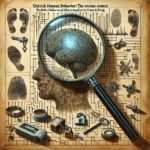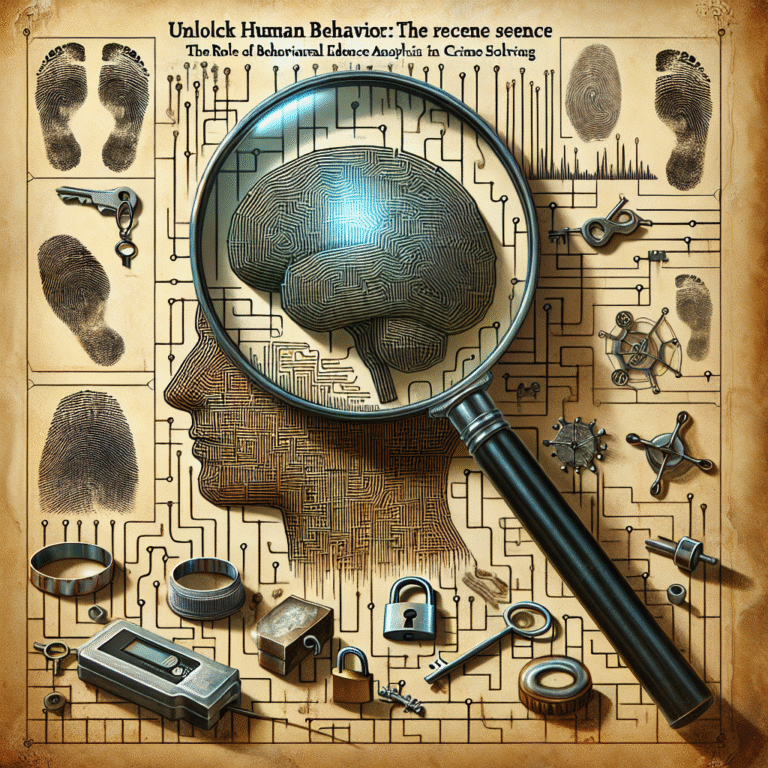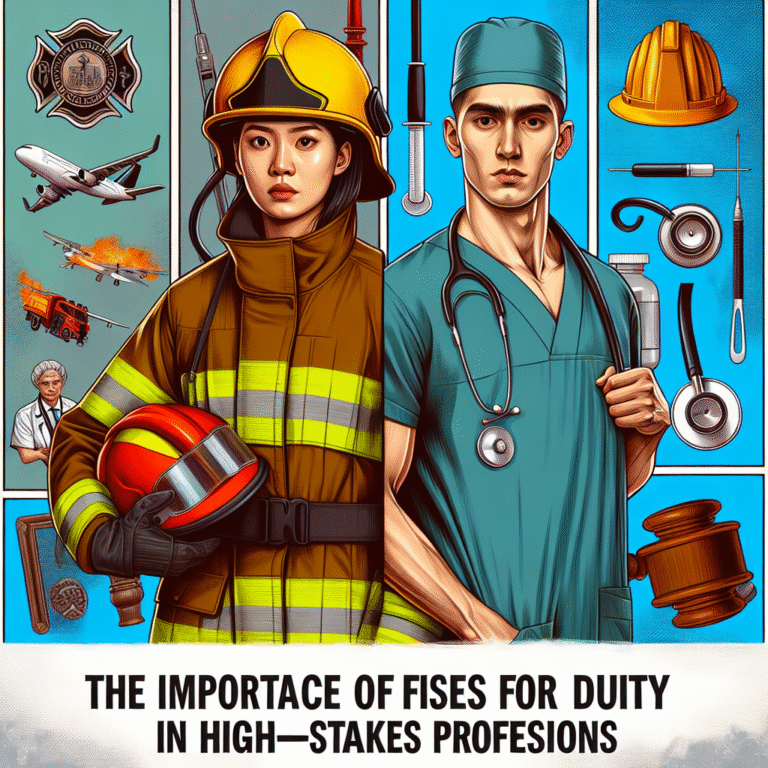
Introduction
In today’s fast-paced world, conflicts are inevitable—whether in the workplace, at home, or in social settings. What often differentiates a productive outcome from a destructive one is how we navigate these conflicts, particularly through the lens of aggression assessment. Navigating Conflict: The Importance of Aggression Assessment in Various Settings is not just an academic concern but a vital skill that can shape relationships, enhance communication, and foster an environment of understanding and cooperation. This article will delve deep into the nuances of aggression assessment, exploring its significance, practical applications, and real-life case studies that underline its critical role across different settings.
Understanding Aggression
Aggression can be defined as behavior aimed at harming another individual or group. It’s essential to understand that aggression is not always physical; it can manifest as verbal insults, passive-aggressive actions, or even nonverbal cues. Differentiating between healthy assertiveness and unhealthy aggression is crucial in navigating conflict effectively.
Types of Aggression
- Physical Aggression: Direct physical harm or violence.
- Verbal Aggression: Insults, threats, or emotional abuse.
- Passive-Aggressive Behavior: Indirect resistance and avoidance.
- Relational Aggression: Harmful manipulation of social relationships.
Recognizing these forms of aggression is the first step toward effective assessment and resolution.
The Role of Aggression Assessment in Different Settings
1. Workplace Dynamics
Case Study: High-Stakes Negotiation Gone Awry
In 2019, a major tech firm faced an internal conflict over project management strategies. A key team member displayed aggressive behavior, leading to a breakdown in communication. The conflict escalated until a third-party mediator was brought in, focusing on aggression assessment. By assessing underlying triggers such as stress and competition, they were able to redirect the conversation toward collaborative problem-solving. The project was completed successfully, demonstrating how critical aggression assessment is in maintaining productivity and morale.
Importance of Assessment Tools
Utilizing tools like behavioral assessments, surveys, and observational methods can help identify aggressive tendencies in workplace environments. Companies can rely on tools like the Thomas-Kilmann Conflict Mode Instrument (TKI) to evaluate and manage different styles of conflict resolution.
Table 1: Common Aggression Assessment Tools in the Workplace
| Tool Name | Purpose | Application |
|---|---|---|
| Thomas-Kilmann Conflict Mode Instrument (TKI) | Assesses conflict styles | Conflict resolution training |
| Workplace Aggression Scale | Measures aggression levels | Employee feedback, hiring |
| Behavioral Observation Methods | Evaluates real-time behavior | Team dynamics review |
2. Educational Institutions
Case Study: Bullying in Schools
In a suburban school district, increased incidents of bullying prompted the administration to conduct a comprehensive aggression assessment among students and staff. By employing anonymous surveys and focus groups, they identified key factors contributing to aggressive behavior, including social pressure and academic stress. Interventions included workshops on emotional intelligence and conflict resolution training. The outcome was a more cohesive school environment, illustrating Navigating Conflict: The Importance of Aggression Assessment in Various Settings within educational frameworks.
Engaging Students in the Process
Educators must incorporate techniques for self-assessment, allowing students to recognize their aggression levels. Programs like Restorative Justice can foster a culture of reflection and empathy.
3. Healthcare Environments
Case Study: Patient-Staff Interactions
In a large urban hospital, staff faced escalating aggression from patients due to high-stress environments. An aggression assessment strategy was implemented, focusing on communication skills training and de-escalation techniques for staff. This initiative reduced incidents of violence significantly, showcasing the essential role of aggression assessment in promoting safety and well-being in healthcare settings.
Implementing Safety Protocols
Tools like the Behavioral Risk Assessment Tool (BRAT) can effectively gauge potential aggression in patients. Staff should be trained not just in assessment but in proactive techniques to address potential aggression.
Chart 1: Trends in Patient Aggression Before and After Training
| Year | Incidents of Aggression |
|---|---|
| 2020 | 120 |
| 2021 | 75 |
| 2022 | 30 |
The Intersection of Culture and Aggression Assessment
Cultural factors play a significant role in how aggression is expressed and perceived. Understanding diverse backgrounds is critical when assessing aggression in any setting.
1. Cross-Cultural Considerations
Different cultures may interpret aggression in various ways. For instance, what is considered assertive in one culture may be perceived as aggressive in another. Organizations must therefore adopt cultural competency training as part of their aggression assessment processes.
2. Global Impact on Aggression
The rise of remote work has added layers to how we navigate conflicts. No longer confined to traditional office settings, aggressiveness displayed via digital communication (like emails or video calls) necessitates new assessment tools and modalities to understand intent and emotional tone.
Strategies for Effective Aggression Assessment
Training and Development: Invest in ongoing training programs focused on communication and conflict resolution, tailored to specific environments.
Employee Assistance Programs (EAPs): Offer support services that help manage stress and aggressive tendencies.
Open Communication Channels: Foster environments where individuals feel free to express their concerns and conflicts without fear of retaliation.
- Regular Feedback Mechanisms: Utilize anonymous surveys and direct feedback channels to gauge the organization’s climate regarding aggression.
Conclusion
Final Thoughts on Navigating Conflict
Empowering individuals with the skills to evaluate and manage aggression is essential for thriving in any setting. Through strategic aggression assessment, organizations can create environments conducive to cooperation and understanding. Navigating Conflict: The Importance of Aggression Assessment in Various Settings becomes a transformative journey that equips teams and individuals alike with the tools needed to handle conflicts constructively.
By fostering a culture of awareness and support, we can reduce the negative implications of aggression and harness its potential to drive positive change.
FAQs
1. What is aggression assessment?
Aggression assessment refers to the processes and tools used to evaluate aggressive behavior and its potential triggers in individuals or groups.
2. Why is aggression assessment important in the workplace?
It helps in identifying sources of conflict, improving communication, and increasing overall productivity and morale by addressing aggressive behaviors early on.
3. How can aggression be managed effectively?
Effective management strategies include training, open communication, and creating supportive environments where conflicts can be addressed constructively.
4. Can aggression assessment tools be used in schools?
Yes, schools can utilize various assessment tools to understand student behavior better and foster a positive environment through proactive intervention strategies.
5. How does culture affect aggression assessment?
Cultural differences can influence perceptions of aggression and the appropriateness of responses. Understanding these nuances is crucial for effective assessment in diverse settings.
By implementing the insights and strategies presented in this article, readers can take proactive steps toward mastering the art of navigating conflict through aggression assessment, ultimately empowering themselves and their communities.















